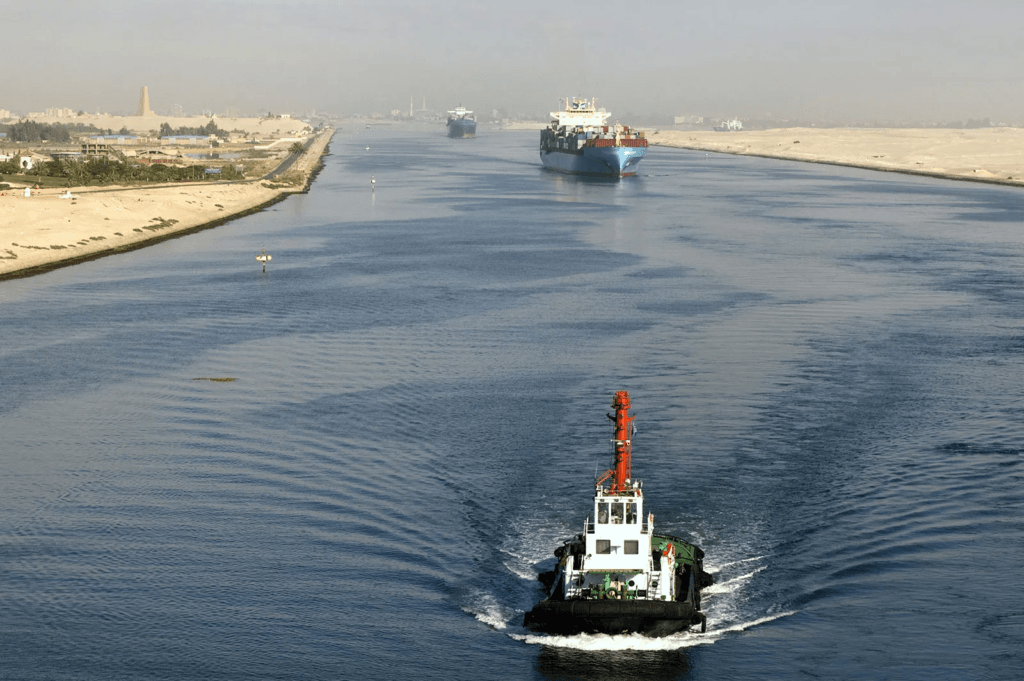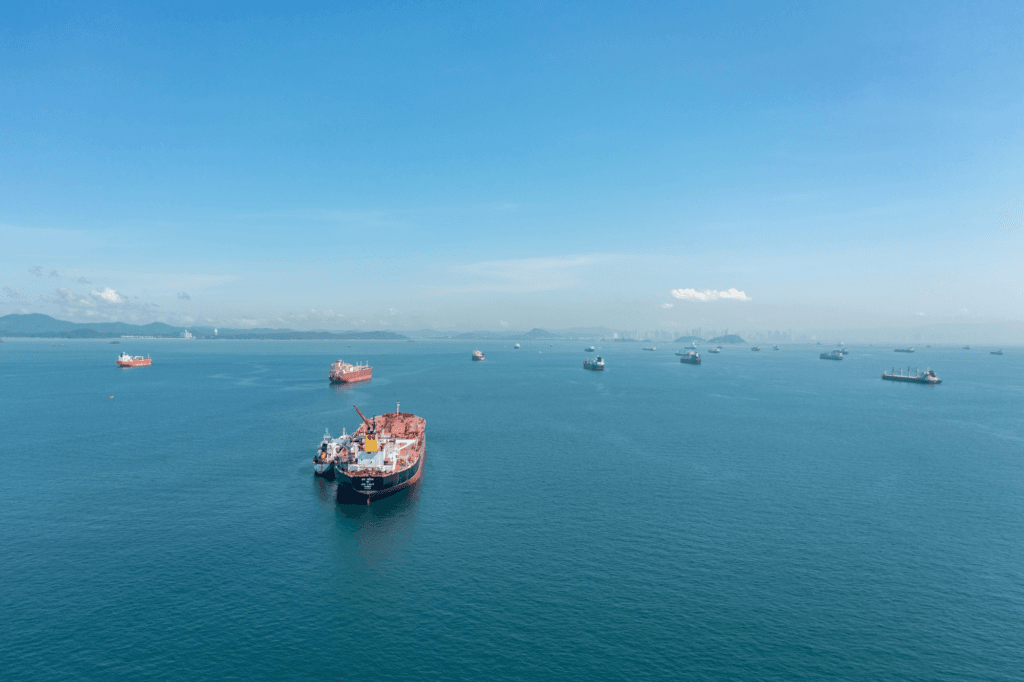Geopolitical instability in the Black Sea and Red Sea regions was the primary driver of elevated ocean freight prices in 2024. Factors such as port shortages, reduced shipping routes, soaring fuel costs, and heightened demand for transoceanic containers exacerbated an already inflated freight price bubble.
Early 2025 Developments

The start of 2025 witnessed a temporary ceasefire in the Israel-Palestine conflict and a historic agreement between Russia and Ukraine, facilitated under the Trump administration. While the 42-day Gaza truce now appears fragile—Israel’s Prime Minister, Benjamin Netanyahu, declared on February 23rd that the nation could “return to intense combat at any moment”—the shipping industry had already invested heavily in the optimism surrounding the ceasefire. Suez Canal data reveals that 47 cargo ships resumed full operations in February. The increased vessel activity in the Red Sea is expected to exert downward pressure on Asia-Europe freight rates, with similar effects anticipated in the Black Sea once the Russia-Ukraine deal is finalized.
Last year, shipping companies scaled back operations in conflict zones to avoid vessel damage from collateral fire and exorbitant insurance costs. They also collectively agreed to reduce vessel supply to sustain pandemic-era high freight rates. The resurgence of Suez Canal traffic signals optimism about the resolution of the Israel-Palestine and Russia-Ukraine conflicts.
Port Congestion and Operational Challenges

With the end of hostilities, additional ports in the Red Sea and Black Sea regions are expected to reopen within months. While shipping companies’ vessel reductions in 2024 aimed to alleviate port congestion, strikes along the U.S. East Coast and in the Gulf of Mexico offset these efforts, causing transit delays and route changes. Post-conflict port re-openings should significantly ease congestion, promising smoother global trade in 2025.
Fuel and Insurance Costs
Skyrocketing fuel and insurance costs were key contributors to 2024’s inflated freight rates. Prior to the Russia-Ukraine conflict, Russia was the world’s third-largest petroleum supplier, accounting for 12% of global output. Sanctions during the war halted Russian exports to Europe and North America, driving up fuel prices and operational costs for carriers. A resolution or neutralization of the Russia-Ukraine dispute could lower fuel costs, incentivizing carriers to reduce freight rates.
2025 Container Demand Outlook

Several interrelated factors will shape 2025’s container demand. Sustained global peace could lower freight costs, stabilize shipping routes, and mitigate port congestion. Conversely, Trump’s tariffs on select countries may disrupt trade and deter exports to the U.S. Despite these policy variables, the shipping industry is poised for year-over-year lower freight costs in 2025, thanks to the easing of geopolitical tensions.




